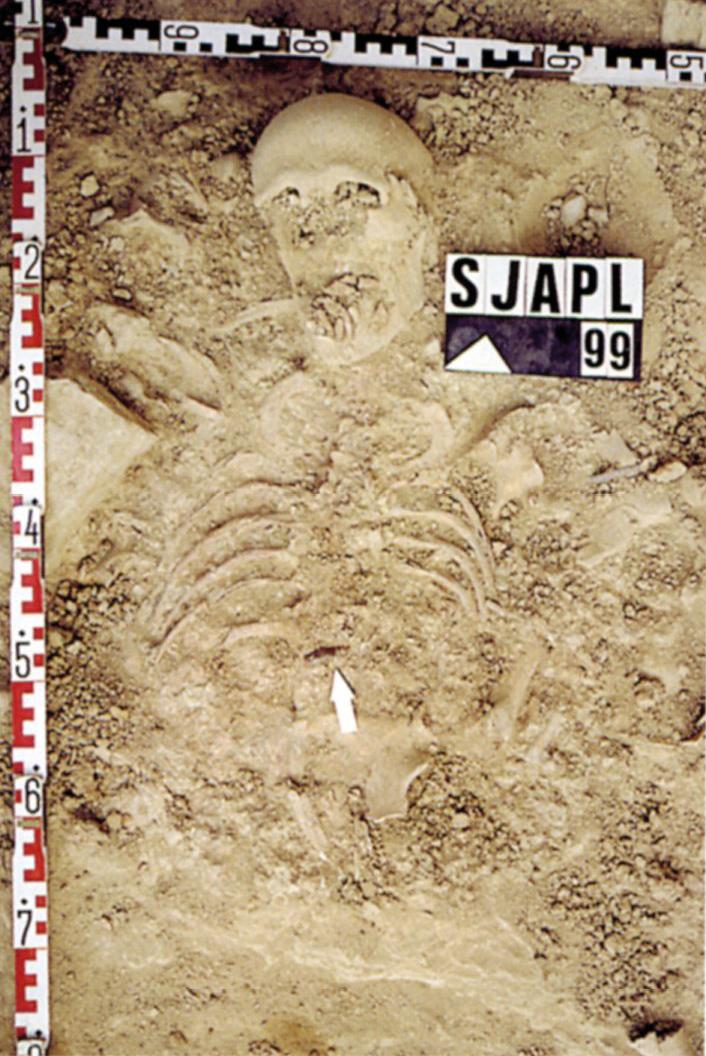San Juan to Portam Latinam, witness of the great Neolithic violence
2023/11/02 Galarraga Aiestaran, Ana - Elhuyar Zientzia Iturria: Elhuyar aldizkaria

San Juan to Portan Latinam (Laguardia, Álava) is one of the most unique deposits of the Neolithic, with 338 people buried together, many of them with clear signs of violence. In fact, the archaeologist of Aranzadi, Lourdes Herrasti Erlogorri, said the site was a “gem.” Now, after the bone revision, new conclusions have been drawn about the time and society, in a work led by Teresa Fernández Crespo from the University of Valladolid.
Deposit a. C. It is 3380-3000 years old and previously undocumented individuals have been identified and analyzed in the new study. Thus, almost a quarter of the 338 individuals (23.1%) have observed trauma (65 uncured individuals and 89 cured individuals), mostly young men or adult men. From there they deduced that it was them (boys and men) who participated in the wars and fights, and those who were injured and died hard. However, the bodies of children, some of them wounded by arrow or dead, were also buried alongside them. Therefore, violent episodes affected people of all ages and sexes.
According to the researchers, San Juan Ante Porta Latinam is the largest documented violent episode in the late Neolithic of all of Europe. They consider that there may be a time of strong demographic pressure and that it has generated competition and conflict between groups of different cultures. At that time, signs of violence have also been found elsewhere in the area (arrows, head trauma, fractures…), an outlook that suggests an organization of violence between enemy groups.
On the other hand, signs of malnutrition are evident in the bones. This suggests that the social consequences of this situation were broader and deeper than anywhere else around San Juan to Portam Latinam.
The working group was attended by researchers from Aranzadi, Oxford, Aix-Marseille and the University of Cantabria, and has been published in the journal Scientific Reports de Nature.

Gai honi buruzko eduki gehiago
Elhuyarrek garatutako teknologia






